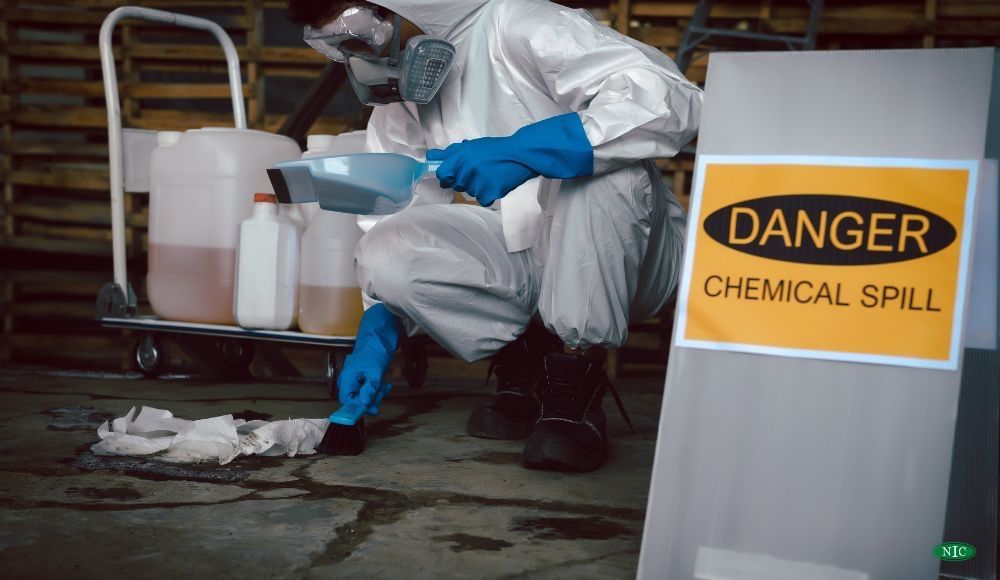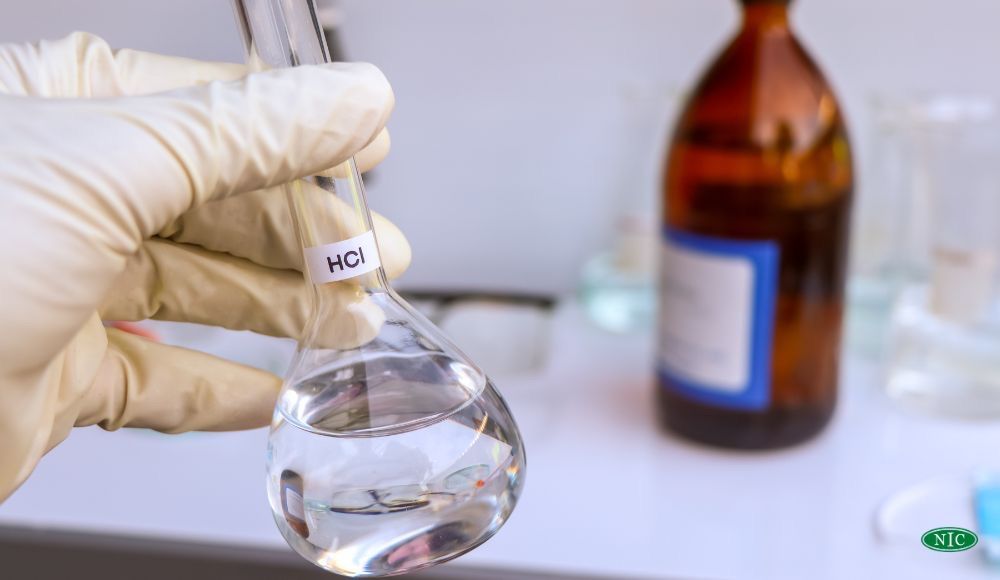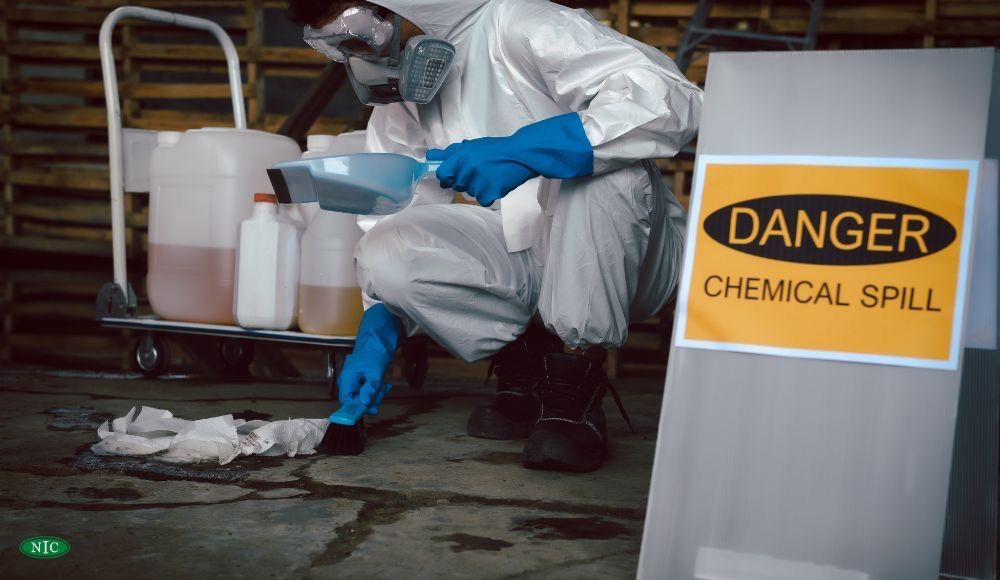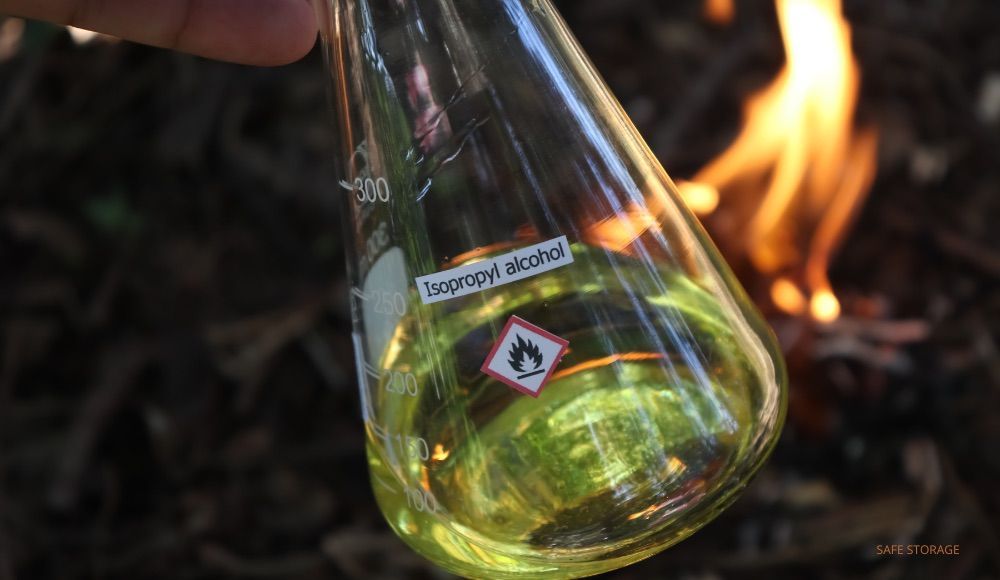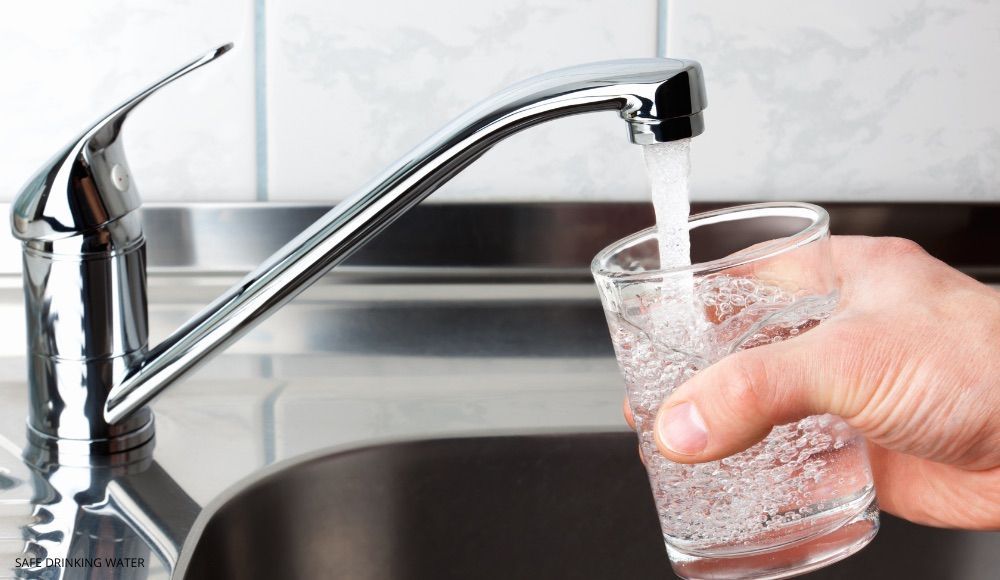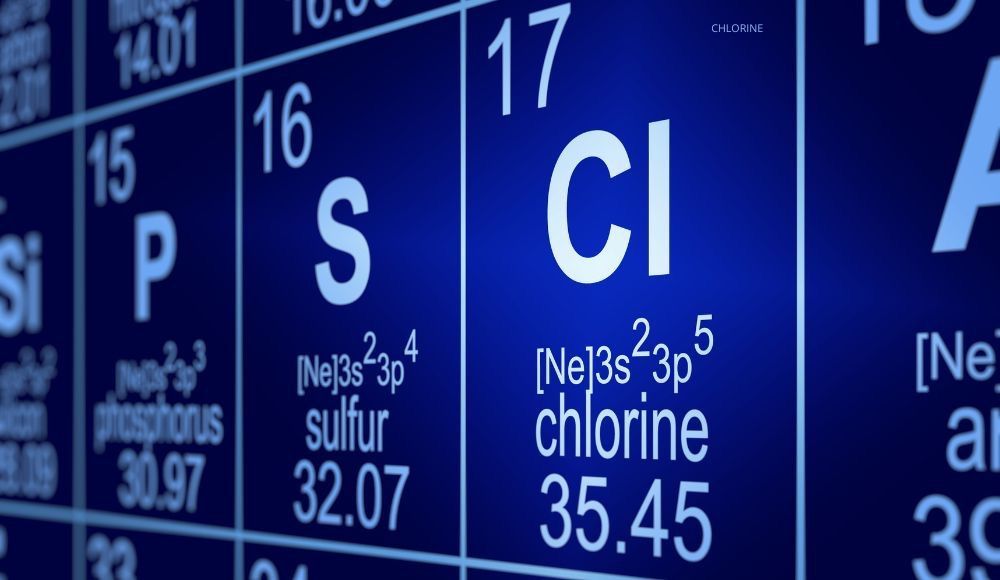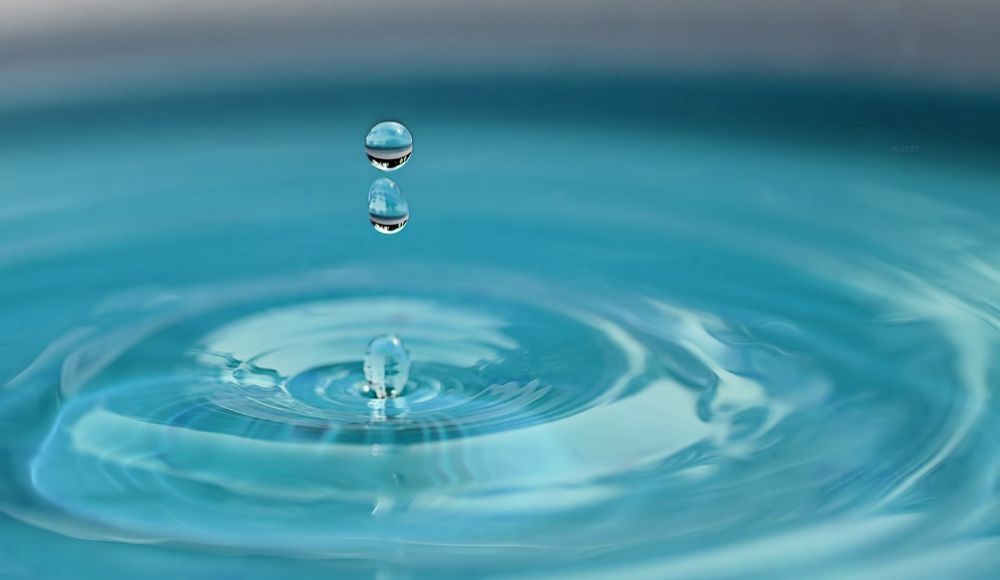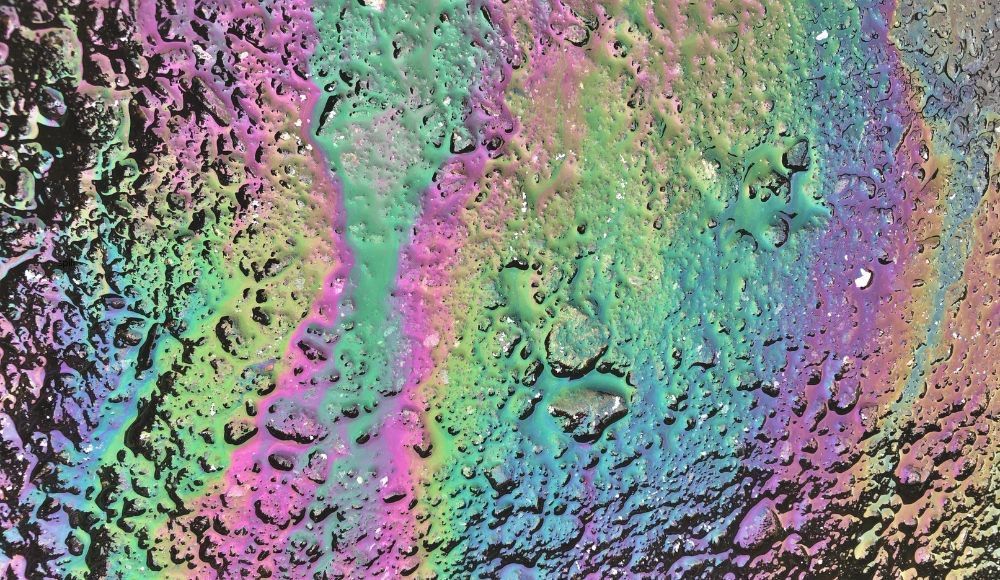Where Does Wastewater Go After Treatment?
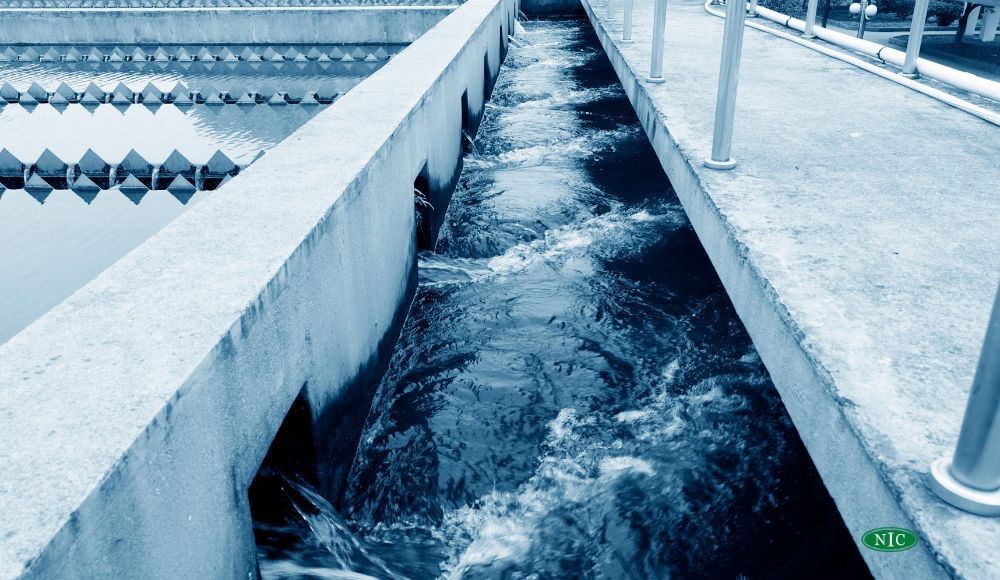
Wastewater refers to all the water that homes, businesses, and industrial plants use and emit. It could be toilet waste, sink water, industrial/commercial wastewater, and bath or shower water. It must be treated to maintain a safe environment and protect public health. But what happens to it after it's treated?
Wastewater’s Journey after Treatment
After leaving a treatment plant, wastewater travels through several pathways to protect public health and the environment.
Release into Local Waterways
The most common destination for treated wastewater is to discharge into local bodies of water such as rivers, lakes, or oceans. Before this discharge, the water is disinfected with chemicals to remove any remaining disease-causing microorganisms. It is then released as clean water, meeting strict regulatory standards to ensure it does not harm the public or the environment.
Reuse and Reclamation
Increasingly, specific industries repurpose treated wastewater in the following ways:
- Agricultural and landscape irrigation
- Industrial processes
- Replenishing groundwater supplies
- Non-potable urban uses, such as dust control, construction activities
Subsurface Discharge
Another method involves discharging treated wastewater underground, typically through leach fields. Here, the water is further purified by soil and natural bacteria before it eventually reaches groundwater.
Sludge and Biosolids Management
Solid by-products called sludge or biosolids are separated from the water during treatment. These are processed further, often through anaerobic digestion. The final destination for these solids can include:
- Land application as fertilizer or soil conditioner (not on crops for human consumption if toxic chemicals are present)
- Burial in sanitary landfills
- Incineration, with ash disposed of in landfills
Innovative Solutions: Advanced Techniques in Wastewater Management
Modern wastewater management is rapidly evolving, with advanced technologies designed to improve treatment efficiency, resource recovery, and environmental sustainability. Below are some of the most impactful advanced techniques currently shaping the field:
- Membrane bioreactors (MBRs) combine biological treatment with membrane filtration for high-efficiency contaminant removal. They produce high-quality effluent and require less space than traditional systems.
- Advanced oxidation processes (AOPs) use powerful oxidants (like ozone, hydrogen peroxide, or UV light) to break down persistent organic pollutants and disinfect water.
- Electrocoagulation applies electrical currents to wastewater, causing contaminants to clump together for easy removal.
- Enzymatic and biological treatments break down complex organic compounds, improving treatment efficiency and promoting resource recovery.
- Nanotechnology utilizes engineered nanoparticles to target and remove specific contaminants with high precision.
- Constructed wetlands are engineered natural systems that use plants and soil microbes to treat wastewater.
- Zero liquid discharge (ZLD) is a system designed to recover and reuse all water from wastewater, leaving no liquid waste.
- Bioelectrochemical systems use microbes to treat high-strength wastewater while generating electricity as a byproduct.
These advanced techniques transform wastewater management by making it more sustainable, efficient, and adaptable to diverse challenges and regulatory requirements.
Contact Us for Professional Water Treatment Advice
Our friendly and experienced team at North Industrial Chemicals will give you suggestions and assistance for all your chemical needs.
